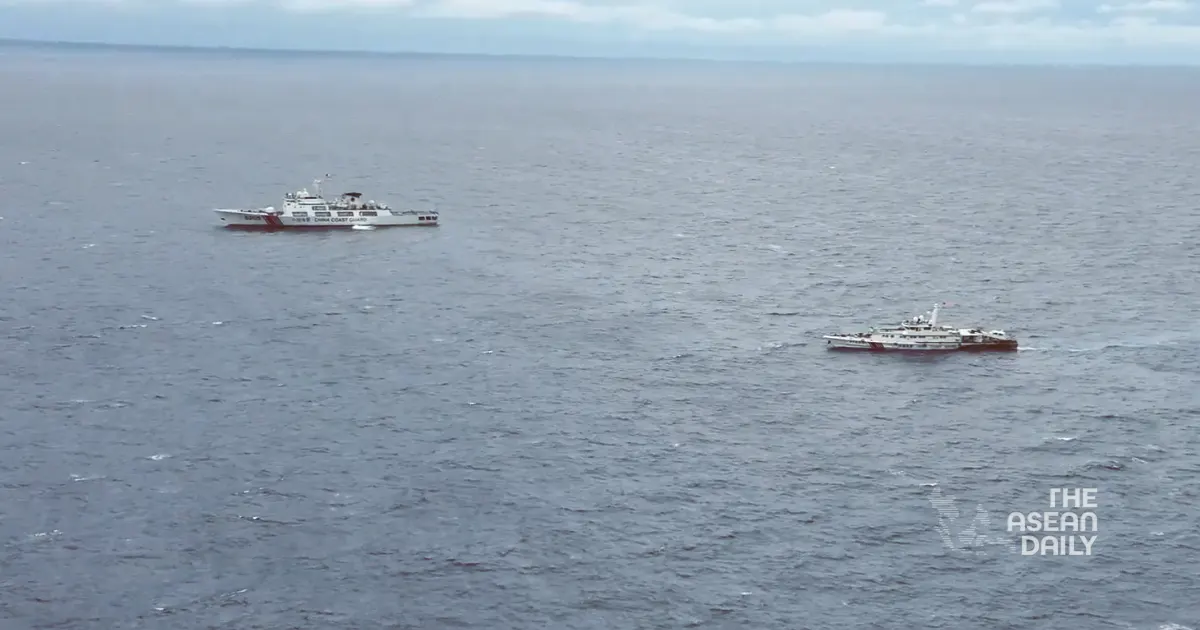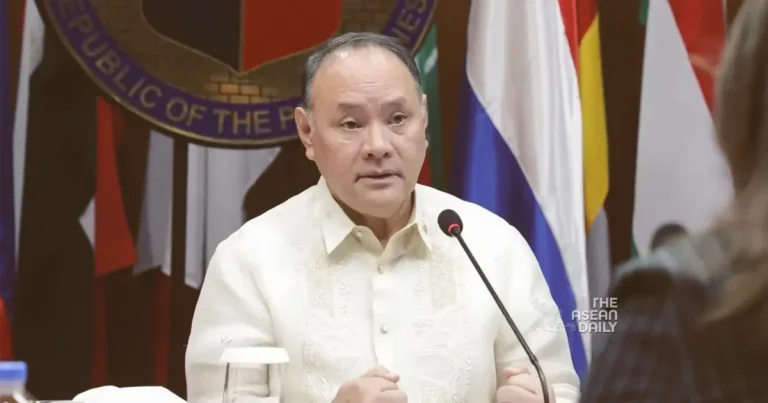27-8-2024 (MANILA) Philippine Defence Secretary Gilberto Teodoro has labelled China as the “biggest disruptor” of peace in Southeast Asia. The statement, made at a conference of the US Indo-Pacific Command on Tuesday, comes amidst a series of confrontations between Philippine and Chinese vessels in contested waters over the past year.
Teodoro’s remarks highlight the growing frustration in Manila over Beijing’s expansive territorial claims in the South China Sea, which encompass nearly the entire waterway. These claims, rejected by an international tribunal in 2016, have put China at odds with several Southeast Asian nations, most notably the Philippines.
“China is undeniably the most significant threat to international peace in the ASEAN region,” Teodoro asserted, referring to the Association of Southeast Asian Nations. He went on to emphasise the need for a united front against what he described as China’s “illegal acts”, calling for a “collective consensus and a strong call out” from the international community.

The defence chief’s comments come in the wake of a recent incident near Sabina Shoal in the Spratly Islands. On Monday, China claimed to have taken “control measures” against two Philippine Coast Guard ships attempting to deliver provisions to a vessel stationed at the reef. The mission was reportedly abandoned due to what Philippine officials described as China’s “excessive” deployment of ships and challenging sea conditions.
This latest confrontation is part of a pattern of increasingly tense encounters in the disputed waters. In June, a particularly alarming incident occurred near Second Thomas Shoal, also in the Spratlys, where a Philippine sailor reportedly lost a thumb during a clash with Chinese coast guard vessels.
The Philippines, under President Ferdinand Marcos Jr., has adopted a more assertive stance in defending its maritime claims. This shift in policy has led to a deterioration in relations with Beijing, as Manila pushes back against what it sees as Chinese encroachment on its sovereign territory.
China’s strategy in the South China Sea has involved the construction of artificial islands, many of which have been militarised, to reinforce its territorial claims. This approach has alarmed not only the Philippines but also other Southeast Asian nations and the international community at large.
Teodoro’s characterisation of China as a “more powerful adversary” underscores the David-versus-Goliath nature of the conflict. The Philippines, with its limited military capabilities, finds itself struggling against a regional superpower with vast resources at its disposal.
The defence chief’s call for international support reflects Manila’s recognition that it cannot face this challenge alone. By framing the issue as one of regional peace and stability, the Philippines hopes to garner broader backing for its position.




